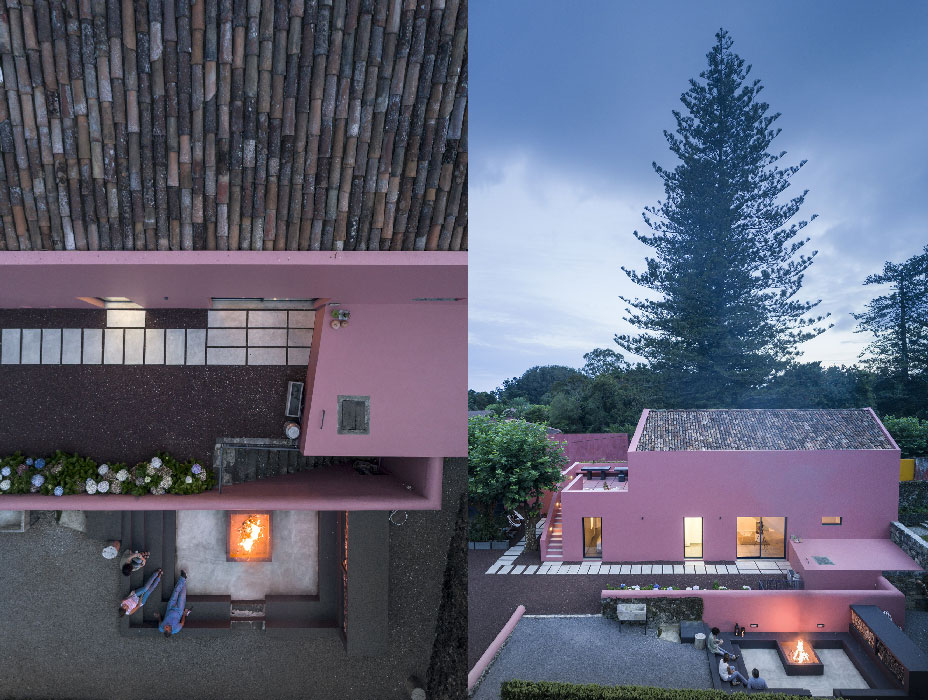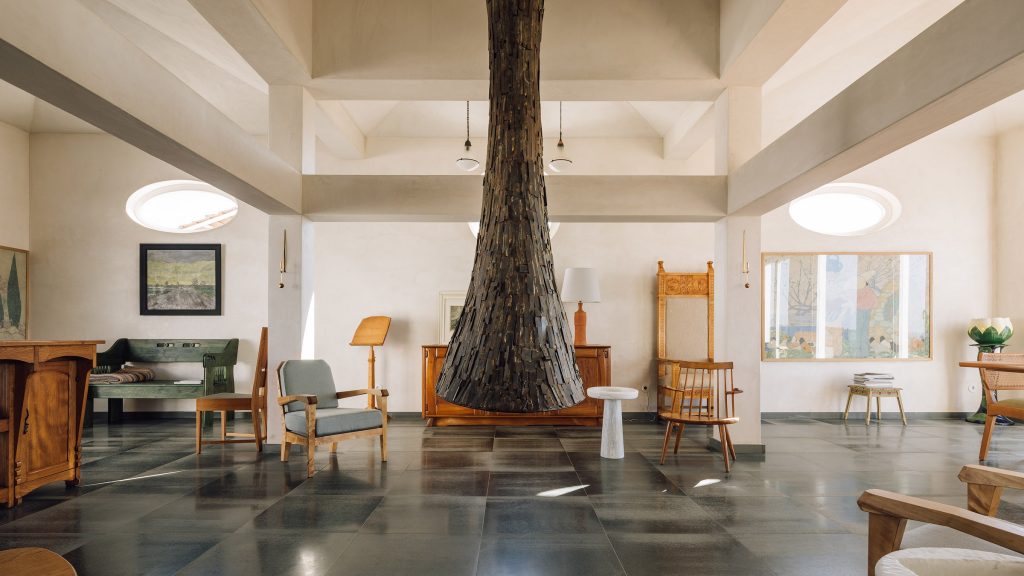Portugal’s Most Disruptive and Extraordinary Hotel Architecture

In the last decade, Portugal has put itself at the forefront of carving a new wave of architecture-led boutique hotels, where unique designs are at the heart of hotel offerings. For too long the tourism industry was dominated by concrete-building hotels with the sole intention to house as many people as possible along the coastlines and in its major cities so that travellers could enjoy the country’s unique mix of landscapes spread across the regions. The Algarve and in particular towns such as Portimao and Albufeira were perfect examples of this where thousands would flock year on year to bask in the southern sunshine.
It’s a long time since tourism in Portugal was defined by the concrete buildings of Portimao and Albufeira, the country has moved with the times and now offers many stand out, more authentic and individual offerings with signature designs from creative architects. Where Portugal truly flourishes is at its roots, a concept becoming more apparent in Portugal’s vast variety of disruptive hotel offerings. We’re going to talk a breeze around some of the more interesting properties.
In 2010, Aires Mateus was at the forefront of this sea change when he introduced Casas Na Areia, a beach shack based in the rice-paddy wetlands of Comporta. Two abandoned shacks, housing sleek, contemporary interiors all in a single shade of white atop of sand-covered flooring complimented with underfloor heating, the perfect blend of understated and luxury. This marked the start of Silent Living, a small hotel group based exclusively in Portugal compromising of six unique hotel offerings that fused Mateus contemporary design flair with Joao Rodrigues hotelier expertise. Silent Living is more than a typical hotel, it’s a concept centered around sharing remote, intimate experiences between no more than eight people if you chose to stay outside of their Lisbon city offering Santa Clara 1975.

Cabanas no Rio 
Casas Na Areia 
Casa No Tempo
From this, a new era of disruptive hotel experiences in Portugal erupted and Alentejo, a landscape of vast open and remote plains became an epicentre for this, a playground for architects to let their creative concepts come alive. L’AND Vineyards in the remote Montemor-o-Novo countryside takes advantage of the region’s clear starry evenings, a result of the lack of light pollution with roofless suites, whilst also blending cutting-edge angular interiors with natural materials to emulate the rawness of its surrounding verdant landscape.

Further into the Alentejo region, Da Licenca incorporates the history of its neighbouring city Estremoz by adding regal marble into subtle elements of design. Inside marble decorates the bathrooms whilst outside natural jutting rocks have been left spread across the 300 acres of natural landscape, perfectly fusing avant-garde design with natural untouched scenery. It’s two owners have maximised the use of open-plan space, with small additions of hand-selected one-off vintage furnishings and contemporary art collected over the years as they travelled through Europe. It certainly feels like a private viewing at this hotel, with only six suites (two with their own private pools) it’s easy to feel alone in your own exclusive retreat here.
The trend for more iconic and disruptive architecture has even extended to Portugal’s islands. In Sao Miguel, the largest island that dominates the Azores, it’s possible to stay in a house painted entirely in a singular peach shade of pink, an architectural project designed by Mezzo Atelier, and was awarded the ‘Paulo Gouveia’ prize in 2018 as a result of its unique design. Wide, open spaces combined with chic, minimalist furniture, the stark contrast against the green, woodland exterior is certainly what makes this experience so distinct.

In the south of Portugal, we are beginning to see a trend that goes against its large-scale resort competitors, opting for intimate, remote and retreat style countryside stays. Casa Modesta, a small family-run boutique hotel, located in the lagoons of the Ria Formosa natural park, blends its rich family heritage alongside a neoteric architectural influence. The house was built by the owner’s great grandfather and incorporates local materials and craftsmanship to ooze authentic Algarvian charm with its set-back minimalist style. With views out to the endless labyrinth like lagoons, the terracotta rooftop is our favourite spot and never fails to deliver on stunning sunset views.

It’s worth noting that the architectural influence in Portugal isn’t just limited to the hotel industry. Casa da Musica in Porto, Casa das Histórias in Cascais and Casa do Penedo in Guimarães to name a few are just some of the unique buildings scattered across Portugal’s landscape, and it’s clear that this trend and great passion for architecture is becoming evident in all of Portugal’s industries. Porto is very much at the epicenter of all this, and Epic offer tours which can be tailored to your art and design interests, whether that be Pritzker prize buildings or historic azulejos decorations, exploring the streets with a local architect is a great way to better understand the industry and its every dynamic impact on Portugal’s landscapes.
If you’re interested in keeping up with the ever-growing projects from some of the countries finest architects, Dezeen is a platform posting regular updates, from private villas to hotel transformations. One thing we know for certain is that this trend shows no signs of slowing, and we can’t wait to see what else might pop up soon along the pipeline.

Epic offer stays for the more architectural adventurous traveller and we can tailor architecture and art-themed tours. For more information, drop us a line on info@epic.travel.

